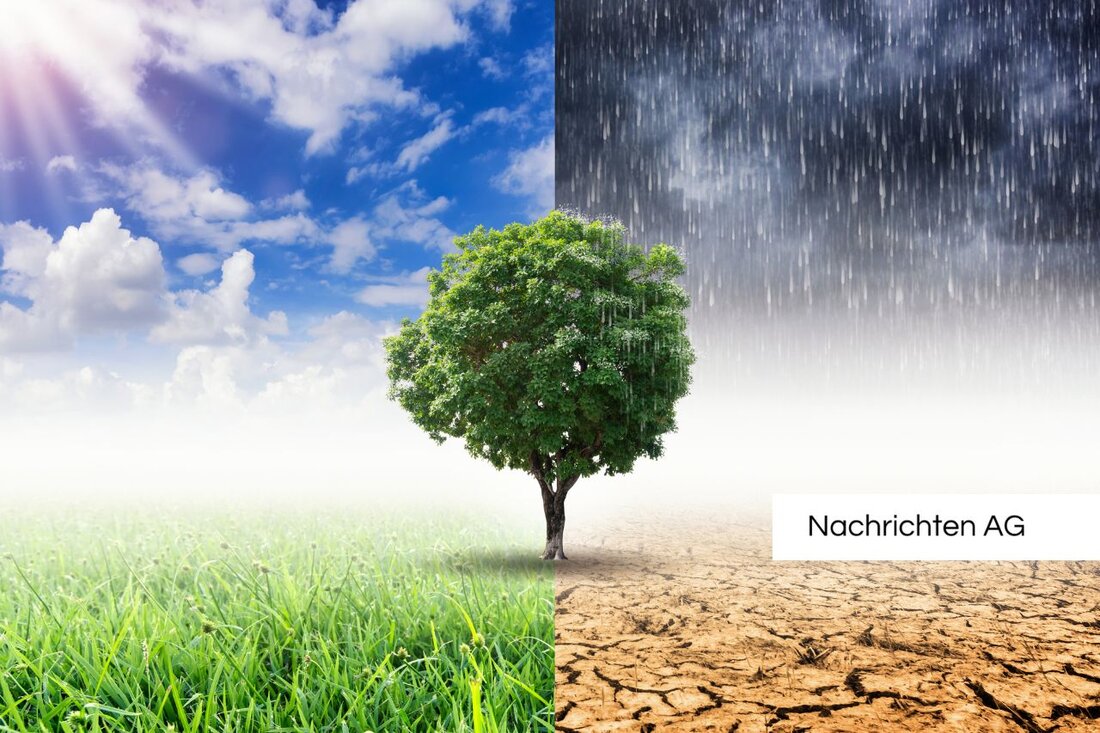Squirrels in Thuringia: Red alert for the little rodents!
Squirrel populations in the Saale-Orla district are shrinking due to habitat loss and the climate crisis. Experts call for protective measures.

Squirrels in Thuringia: Red alert for the little rodents!
The squirrels in Germany are facing major challenges and the alarm bells are ringing. Today, October 4, 2025, a worrying trend is emerging: Loud thueringen.de Experts report a noticeable decline in squirrel populations, especially in Thuringia. Silvio Anders, nature conservation officer at the Thuringia State Hunting Association, explains that populations have fluctuated significantly in recent decades. The downward trend varies regionally, but is generally recognizable.
This worrying news is shared by various conservation associations, including BUND and Nabu. There are no exact numbers on populations as monitoring mainly focuses on other species. The Red List also classifies squirrels as “endangered of unknown extent”. Current reports from the Saale-Orla district are particularly alarming and can only be traced back to the commitment of a single reporter.
Threats from humans and the environment
The threats to squirrels are diverse and often man-made. According to animal rights activists, animals are under pressure from rising temperatures and increasing drought caused by climate change. Tanya Lenn from the Eichhörnchen-Hilfe Berlin/Brandenburg warns of the slow but continuous effects on the population. These factors not only disrupt their hibernation, but also cause many squirrels to become dehydrated and fall from the tree ( t-online.de ).
In addition, the animals are at risk from everyday garden machines such as robotic lawnmowers, which can injure or kill them. Classic predators such as cats also pose an immense threat. Many gardens and parks are no longer the suitable habitats they once were. Tree felling and conversion into rock gardens have severely deteriorated the natural habitat conditions. Harmful chemicals, such as blue grain fertilizers, are also often used and are toxic to squirrels and other wild animals ( weather.com ).
Life in the city
Despite these challenges, there is also positive feedback: squirrels are commonly seen in urban parks, but this can give a misleading impression of their actual numbers. Visibility in these areas could affect genetic diversity as the animals often live in isolation. This means that important genetic connections that are crucial for a robust population are lost.
Near-natural forests and better networking through green bridges and hedges are important steps in securing habitats for squirrels and stabilizing populations. Experts are not only calling for careful management of forests, but also for increased environmental education to raise awareness of the role of squirrels in the ecosystem.
In summary, one thing is clear: squirrels are exposed to an ever-increasing risk in the changing world. The continuous declines must be taken seriously and urgent measures are necessary to ensure that these animal residents can continue to be seen in the future.

 Suche
Suche